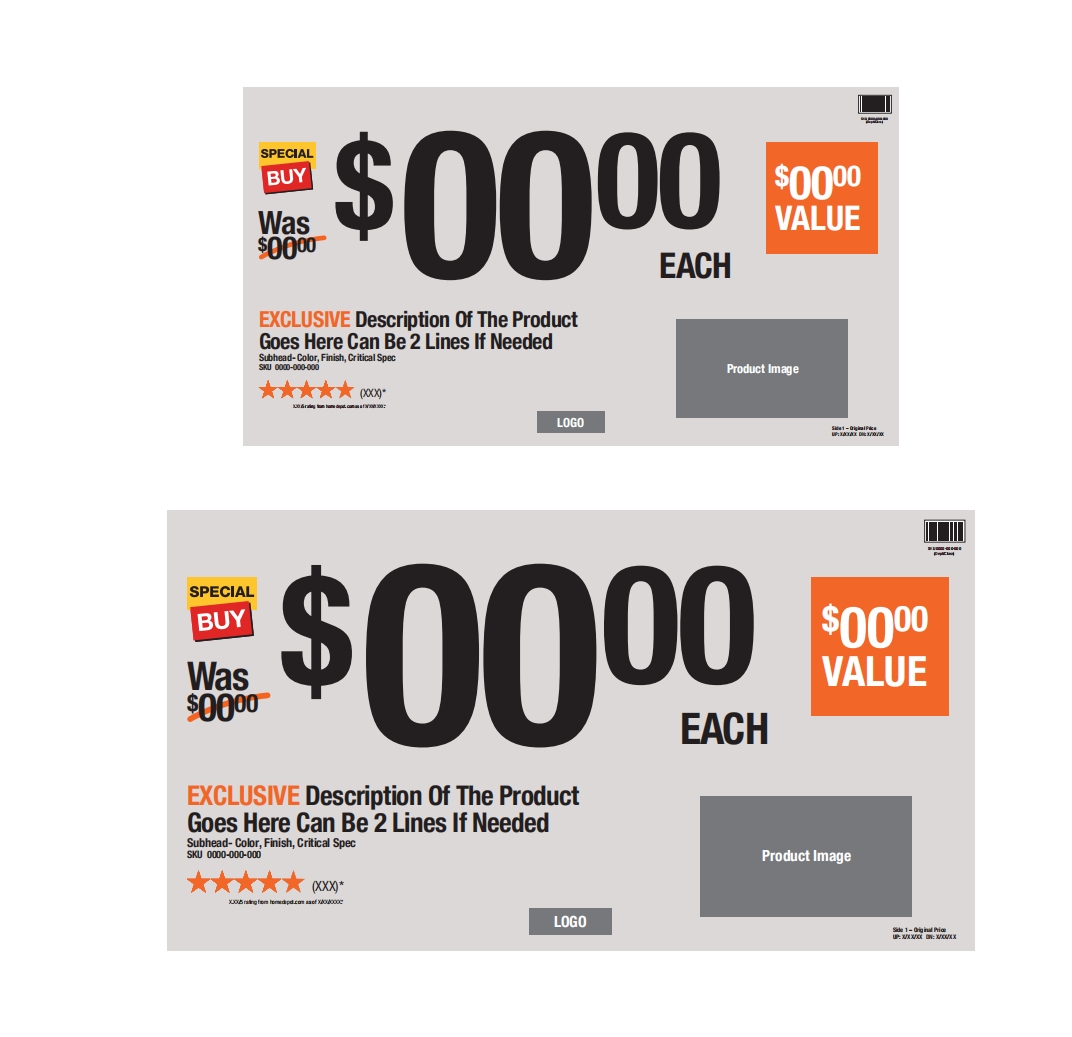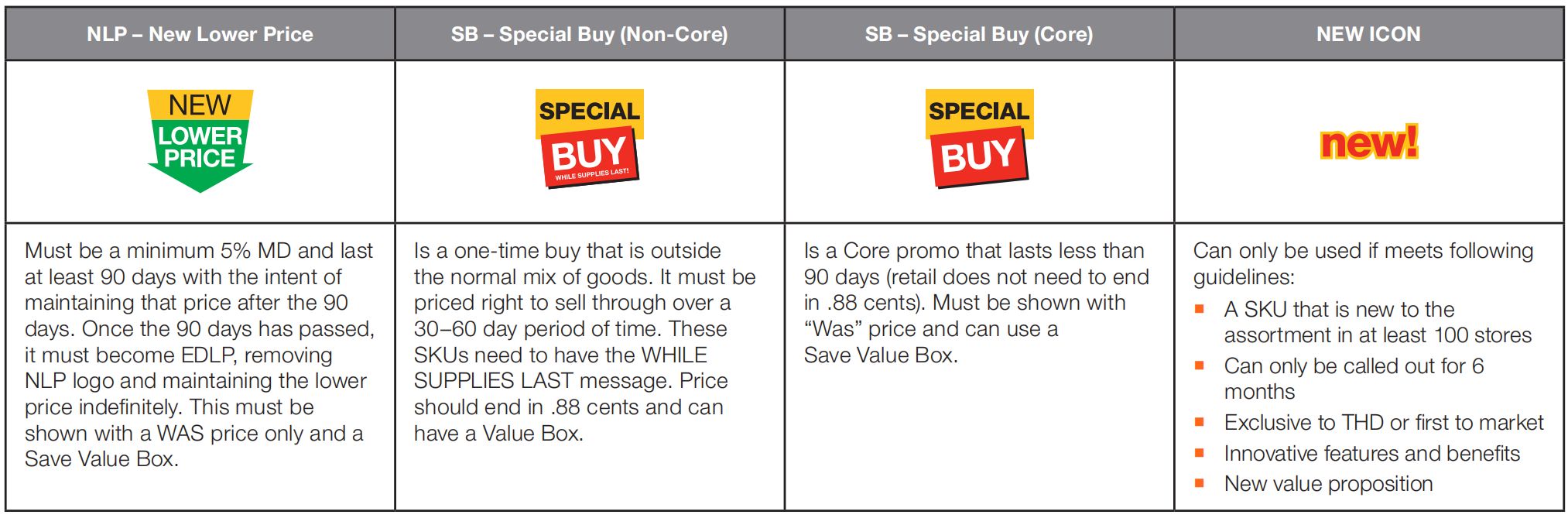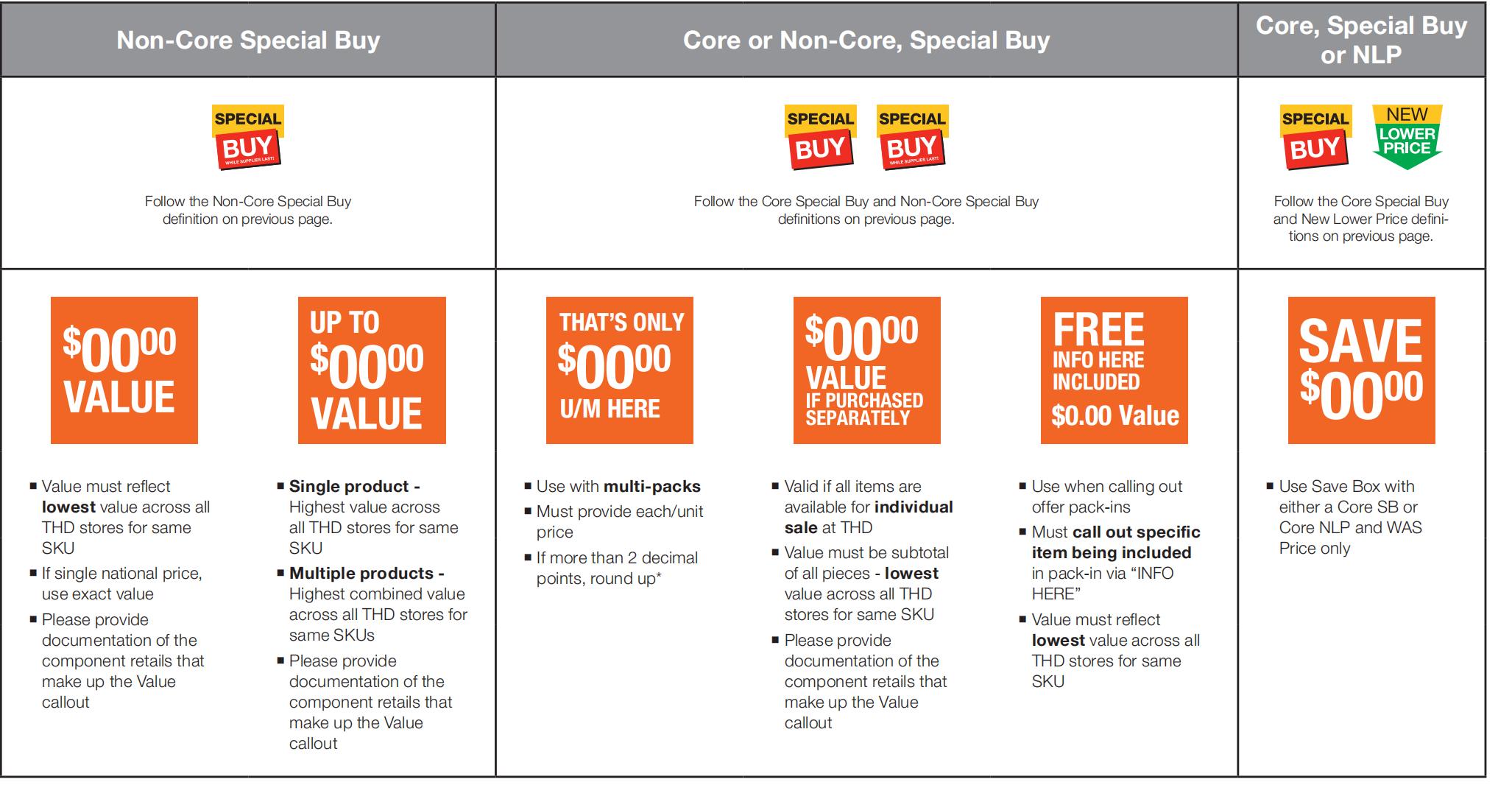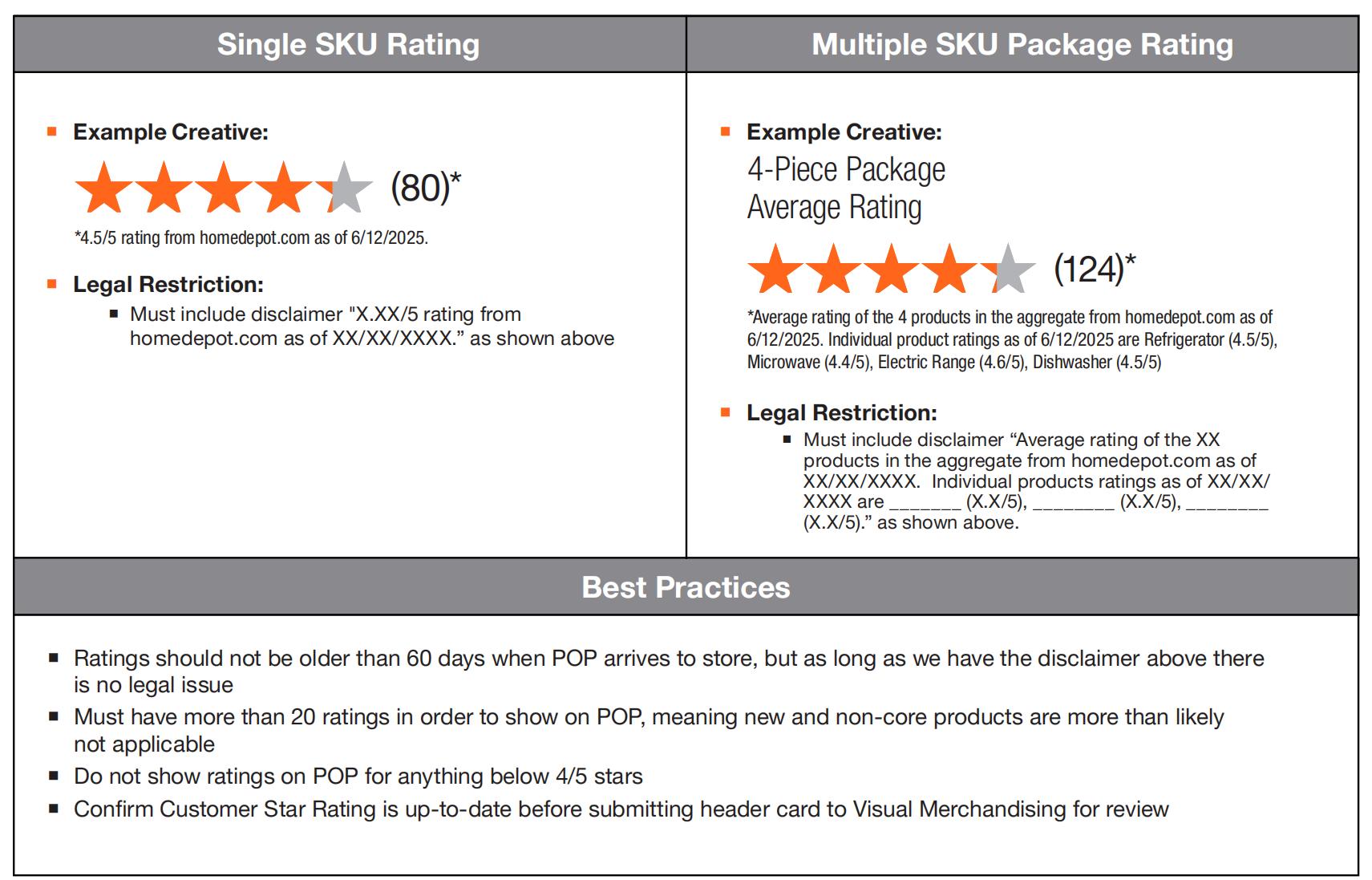
When I first started preparing cardboard display structures for a Home Depot program, I thought I understood retail compliance. I was wrong. Home Depot’s 2025 display and header card rules are detailed, precise, and—most importantly—non-negotiable.
And once you understand the logic behind these requirements, the entire system begins to make sense.
In this case study, I’ll walk you through how I applied the Home Depot 2025 Requirements for Cardboard Display to a real project: a quarter-pallet cardboard display with a double-sided header card.
If you’re a manufacturer, designer, packaging engineer, or merchandiser preparing POP displays for Home Depot, this walk-through will save you hours of trial-and-error.
Home Depot updates its off-shelf merchandising guidelines almost every year. For 2025, the updates mainly impact:
In the document (January 6, 2025 update), Home Depot emphasizes that all displays and header cards must be submitted for approval and must include 3D renderings, full-sized PDFs, display width, store location, event date, SKU, price, icon usage, etc.
For our case, we had to redesign both the structure and header card artwork to meet the updated 2025 rules.
Before you even touch header card artwork, you must confirm the corrugate structure requirements.
Home Depot clearly defines sizes and load-bearing rules:
Width: 18"–24"
Depth: 22"
Total height (to top of header): 52"
If the display is under 70 lbs, the unit must be 40" tall plus a 12" header.
If over 70 lbs, the base becomes 35", sitting on a 5" pallet.
These structural rules dictated how we reinforced our PDQs. For example, our product line weighed 82 lbs fully packed, meaning we were in the 70–150 lbs category, requiring:
We hadn’t originally engineered the display with DW board, so we had to re-run strength simulations and update the diecuts. It wasn’t optional—Home Depot audits corrugate specs.

This is where most brands fail their first submission.
Home Depot’s 2025 guidelines define:
Side 2 contains a 7" x 2" price label placeholder and cannot include value boxes, review stars, or value icons.

One of the most complicated parts of the Home Depot 2025 Requirements for Cardboard Display is the Pricing Strategy Guidelines.
Home Depot defines four value icons:
| Icon | Meaning |
|---|---|
| NLP – New Lower Price | Must last 90+ days and become EDLP afterward |
| SB – Special Buy (Non-Core) | One-time buy, priced to sell through in 30–60 days, ending in .88 |
| SB – Special Buy (Core) | Core promo <90 days, “Was” price allowed |
| NEW | Product new to 100+ stores, or exclusive, or innovative |
When we submitted our first draft header:
This small correction saved us from reprinting hundreds of headers.

Home Depot strictly defines what value boxes can claim.
Each option has strict documentation rules.
In our case, the set was a 3-pack, originally priced at $8.99.
Unit price → $8.99 ÷ 3 = $2.9966.
Per rules, we rounded up to $3.00, not down.
This became our “THAT’S ONLY $3.00 EACH” value box.

Home Depot maintains one of the most detailed retail copywriting guides.
We revised our product name following HD’s naming hierarchy:
EXCLUSIVE 3-Pack 2" Adjustable Steel Mounting Brackets
NOT:
SKU 111-111-111, 222-222-222 or 333-333-333
You cannot simply add a star rating because the product “probably has good reviews.”
Home Depot requires:
We obtained the rating from homedepot.com and inserted:
“4.5/5 rating from homedepot.com as of 6/12/2025. (80)”
And this was accepted.

Home Depot has extremely strict image standards:
Our original image had soft shadows.
Rejected.
We had to reshoot and clip out all shadows.

Our first proof had the UPC too close to the corner—rejected.
We initially created our own QR code.
Rejected immediately.

After three rounds of revisions, our final design followed all key requirements:
Here are the biggest takeaways after completing this project:
“All header cards that change between approval and print must be resubmitted.”
The .88 rule alone disqualifies many submissions.
Value box claims require proof.
Header height depends on product weight, which depends on packaging structure.
Shadow on photo?
UPC slightly off?
Three-line description?
Wrong inch mark?
Rejected.
Meeting the Home Depot 2025 Requirements for Cardboard Display Structures and Header Cards is a detailed but manageable process—as long as you treat the guidelines as rules, not suggestions.
Once you understand the structure, pricing logic, value box rules, and copywriting requirements, everything becomes clearer. And when you build your header from the ground up following the official templates, Home Depot will approve your designs faster and with fewer revisions.
If you need, I can also help you:
Create a compliant header card artwork
Rewrite product titles and descriptions
Check pricing logic
Design the quarter-pallet structure
Prepare submission packages for Home Depot Visual Merchandising
Just tell me what you want next.
In this page, HolidayPac will show the cases how holidaypac supply the packaging and cardboard displays and other related products solution for our clients. To save the communicated time cost and make the solution in a high effect to save our clints time cost. HolidayPAC try to be a global packaging factory, solution expert in paper and paper related products, like, paper packaging, cardboard displays, PDQ, and air fryer liners, pharchment papers.
Links